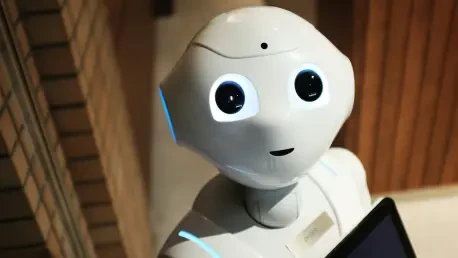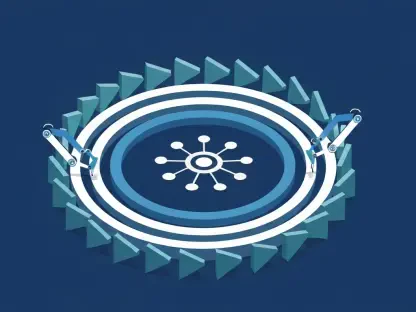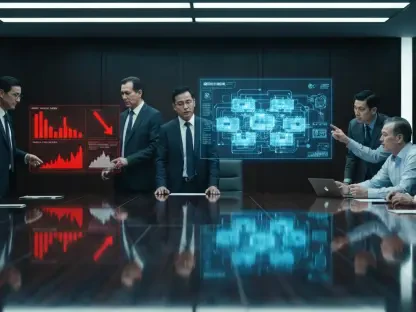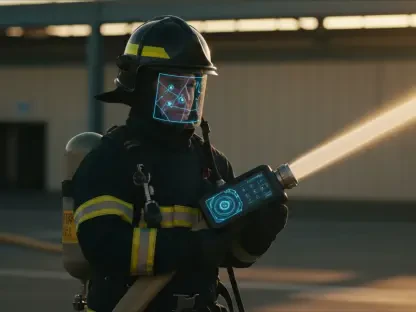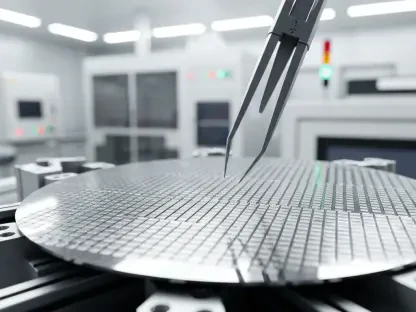Duke University recently hosted an event that has the potential to transform the field of robotics. Engineers from the university introduced Text2Robot, an innovative platform powered by generative artificial intelligence (AI). This technology allows users to design and create functional robots using natural language descriptions, lowering the barriers to entry and making robot design accessible to everyone.
An Exciting Leap in Robot Design
The unveiling of Text2Robot marks a significant milestone in the democratization of technology. This platform utilizes advanced AI to convert text descriptions into 3D robot designs, eliminating the need for specialized knowledge in engineering and AI. Attendees learned that the use of evolutionary algorithms and reinforcement learning helps optimize the designs, ensuring that the robots are both functional and efficient.
Expert Insights and Panel Discussions
At the event, a panel of experts shared their insights on the impact of Text2Robot on the future of robotics. They emphasized that by making robot design more accessible, the platform could foster greater creativity and diversity in the field. Experts highlighted that this democratization can spark a new wave of innovation, especially in sectors such as education and disaster response.
Panelists also discussed the importance of lowering technological barriers. They agreed that accessible platforms like Text2Robot empower a broader range of individuals to participate in robotics, potentially leading to novel and practical applications across various domains.
Engaging Workshops and Demonstrations
The event featured engaging workshops and interactive demonstrations that showcased the platform’s user-friendly interface. Participants received hands-on experience in creating robot designs from simple text descriptions. These sessions illustrated how quickly and easily ideas could be transformed into functional prototypes using Text2Robot, highlighting its potential for educational and practical uses.
The demonstrations also included unveiling custom-designed robots that performed specific tasks based on user input. These cutting-edge developments underscored Text2Robot’s ability to rapidly produce operational robots, illustrating its significant role in accelerating technological advancements.
Considerable Long-Term Impact
As Text2Robot steps into the broader robotics landscape, its long-term implications became evident. The platform enables more individuals to engage in robot design, fostering a collaborative environment that encourages experimentation and innovation. Attendees left with a clear sense that Text2Robot could significantly influence industry trends by enhancing education, custom robotics, and rapid prototyping.
The ongoing development of Text2Robot aims to expand its capabilities, incorporating a broader range of robotic forms and integrating advanced sensors. Researchers are committed to advancing the platform’s functionalities, which will further enhance its applications and usability.
In essence, the unveiling of Text2Robot set the stage for a new era in the robotics industry. By making robot design accessible to non-experts, the platform empowers a new generation of innovators and allows them to explore the limitless possibilities of robotics. The event left a lasting impression, showcasing how Text2Robot could bridge the gap between imagination and technological creation.
